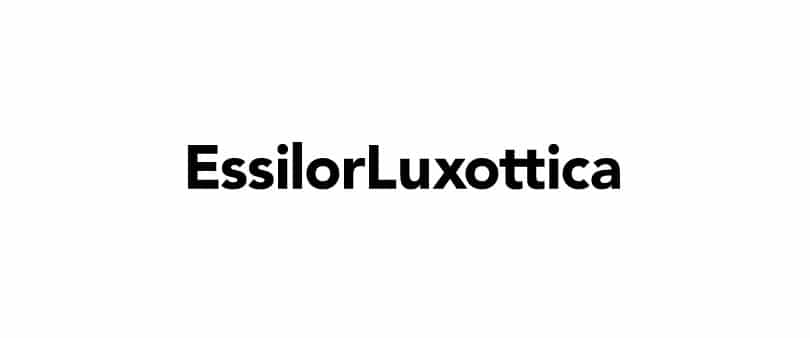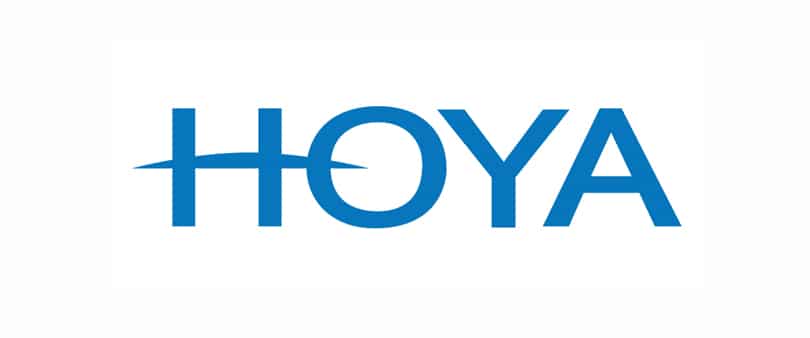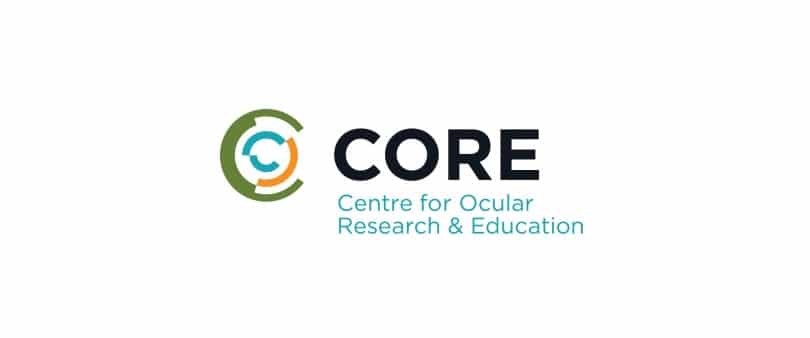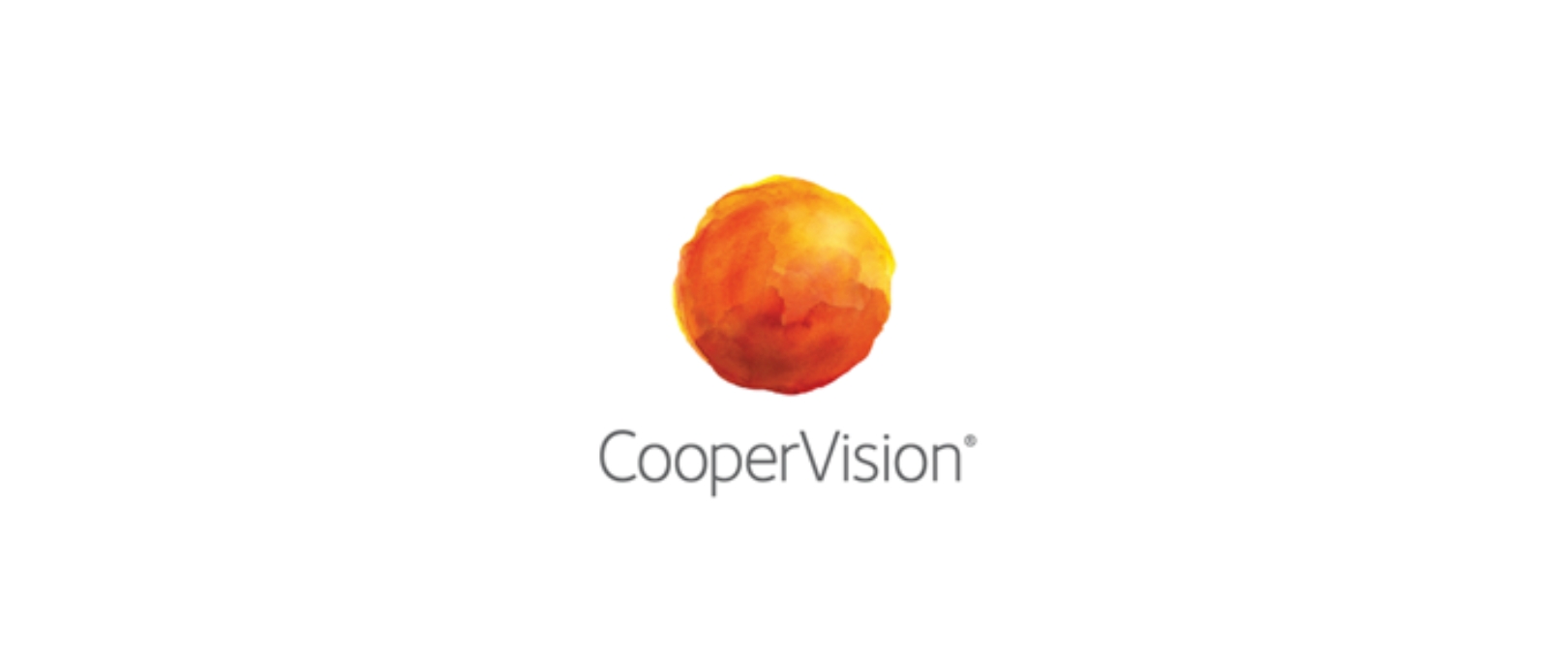New Six-Year Data Confirms Long-Term Efficacy of Essilor Stellest Lenses in Slowing Myopia Progression
Tuesday, April 15 2025 | 10 h 20 min | News
EssilorLuxottica unveiled new six-year clinical data at the 2025 China Optometry & Ophthalmology Conference (COOC), reinforcing the long-term efficacy of Essilor Stellest lenses in managing myopia progression and axial elongation in children and young adults. The results underscore the significant and sustained impact of Essilor Stellest lenses in controlling myopia progression, offering valuable insights into strategies for addressing the global myopia epidemic.
The findings were presented for the first time during a dedicated satellite session at COOC 2025 by Prof. Jinhua Bao from the Eye Hospital of Wenzhou Medical University (China), the principal investigator of the clinical trial. The study began in 2018 with children aged between 8 and 13 years old. After completing the initial five-year phase, participants continued wearing Essilor Stellest lenses for an additional two years to assess the long-term impact on myopia progression. By the time of the sixth- year follow-up, the participants were aged between 14 and 19 years. The six-year results showed that Essilor Stellest lenses slowed myopia progression by 1.95 D (57%) and slowed axial elongation by
0.81 mm (52%)1, compared to an extrapolated single-vision lens control group* model based on data from the first two years of the clinical trial. The findings demonstrate the continued efficacy of Essilor Stellest lenses, with effects sustained up to 19 years of age.
“The strong response at COOC 2025 highlights the widespread adoption of Essilor Stellest lenses as a trusted, proven tool for ECPs in China and worldwide, supporting long-term myopia management, while addressing the global myopia epidemic,” said Olga Prenat, Head of Medical & Professional Affairs at EssilorLuxottica. “These results reinforce EssilorLuxottica’s commitment to advancing myopia management with innovative solutions that have a lasting impact on children’s long-term eye health.”
In addition, five-year efficacy data recently published in Eye and Visiondemonstrated that Essilor Stellest lenses significantly slowed myopia progression and axial elongation over five years*2, saving an average of three years of myopia development†2,3. The study also showed that the risk of progressing to high myopia (defined as -6 D or worse) dropped from 38% in the extrapolated single-vision lens control group to just 9% in the Essilor Stellest lenses group2. This research further validates the ethical approach of using extrapolated control groups in long-term clinical trials evaluating myopia progression.
Moreover, a new study recently published in Ophthalmic and Physiological Opticscomplements the growing body of evidence on the efficacy of Essilor Stellest lenses, strengthening their role in slowing myopia progression. Conducted in collaboration with Wenzhou Medical University, the study examined the protective impact of Essilor Stellest lenses on peripheral eye length and peripheral refraction in the third year of the clinical trial.
Dr. Björn Drobe, Director, Applied Myopia Research, EssilorLuxottica R&D and one of the authors of the study, commented, “Our new findings demonstrate that switching to or continuing to wear Essilor Stellest lenses not only slows central and temporal elongation of the eye but also positively affects peripheral eye length and refraction. This, combined with our six-year clinical data and other recent studies, marks a significant step forward in understanding the full scope of how Essilor Stellest lenses manage myopia progression, further confirming their long-term efficacy.”
Essilor Stellest lenses provide eye care practitioners with an evidence-backed solution for managing myopia in children and young adults. With robust clinical data supporting their efficacy, these lenses offer a reliable approach for helping families address the challenges of myopia, improving both short- and long-term eye health outcomes.
Notes
Essilor Stellest lenses are currently not available in all countries.
*Compared to the 60-month progression of the extrapolated control group (predicted average annual decrease in SER by 9.7% based on the initial 2-year control group, Smotherman C, et al. IOVS 2023;64:ARVO E-Abstract 811) & Compared to the 60-month progression of the extrapolated control group (predicted average annual decrease in AL by 15% based on the initial 2-year control group, Shamp W, et al. IOVS 2022;63:ARVO E-Abstract A0111)
†The initial 24-month myopia progression of 50 myopic children wearing single vision lenses in the two-year prospective, controlled, randomized, double-masked clinical in Wenzhou China were compared to the 60-month follow-up of 43 children wearing Essilor® Stellest® lenses.
- EssilorLuxottica. Myopia control efficacy of spectacle lenses with highly aspherical lenslets: results of a 6-year follow-up study. 2025. Data on file.
- Li X, Huang Y, Liu C, Chang X, Cui Z, Yang Q, Drobe B, Bullimore MA, Chen H, Bao J. Myopia control efficacy of spectacle lenses with highly aspherical lenslets: results of a 5-year follow-up study. Eye and Vision. 2025 Mar 5;12(1):10.
- Bao J, Huang Y, Li X, Yang A, Zhou F, Wu J, Wang C, Li Y, Lim EW, Spiegel DP, Drobe B, Chen, H. Spectacle lenses with asphe rical lenslets for myopia control vs single-vision spectacle lenses: a randomized clinical trial. JAMA ophthalmology. 2022;140(5):472-8.
Click HERE for the press release.
Want to see more like this article? Click here to subscribe to our FREE print magazines and e-newsletters!








